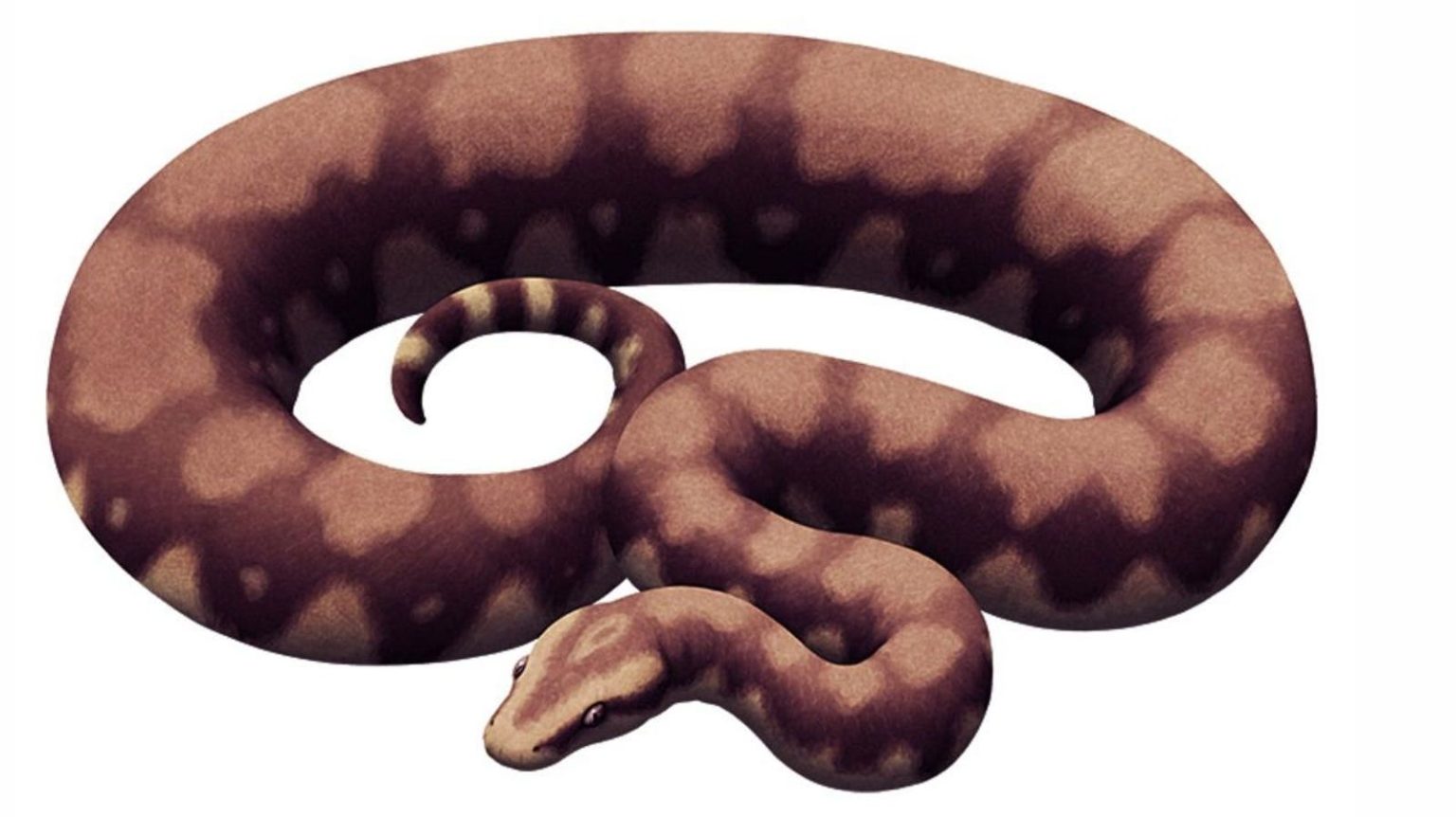Researchers in India have recently made a groundbreaking discovery of a massive serpent that lived around 47 million years ago. Measuring between 36 and 50 feet long, this snake belonging to the madtsoiidae clade is one of the largest ever observed. Named Vasuki Indicus, after the mythical snake king in Hindu mythology and India, where it was found, this creature has broad geographical origins that spanned across South America, Africa, Australia, Southern Europe, and India.
The fossils of Vasuki were initially uncovered in 2005 in a coal mine in Gujarat, India, by a team led by paleontologists Debajit Datta and Sunil Bajpai. The fossilized partial vertebral column of the snake, comprising 27 well-preserved vertebrae, indicated a large cylindrical body structure. The researchers estimate that the snake would have had at least 800 vertebrae in total, with individual vertebrae measuring between 1.5 and 2.5 inches in length and up to 4.7 inches wide. This suggests that the snake was a fully grown reptile.
Unlike the earlier assumptions that the fossils belonged to a crocodile, it was in 2023 that Bajpai and Datta initiated a formal study on the snake fossils. Their findings indicate that Vasuki was most likely a slow-moving ambush predator that relied on constriction to subdue its prey, similar to anacondas and pythons. The scientists believe that Vasuki played a significant role in understanding the evolutionary journey of madtsoiidae across different continents over millions of years, with its origin believed to be in India.
Vasuki’s massive size and shape have drawn comparisons to another giant extinct snake, Titanoboa, which lived in tropical South America around 60 million years ago. Snake expert Bryan Fry from the University of Queensland in Australia pointed out the convergent evolution aspect of both these creatures independently evolving similar traits to adapt to their environment. The discovery of Vasuki underscores the importance of understanding evolutionary biology and the adaptations of organisms to different ecological niches.
This year has seen several significant discoveries related to massive snakes, with Vasuki being the latest addition. Fry and his team recently uncovered a new species of anaconda in the Amazon, further adding to the already fascinating discoveries in the world of herpetology. The finding of Vasuki highlights the importance of continued research into ancient life forms and their impact on understanding the evolution of snakes and other reptiles throughout history and across different continents. As more research is conducted, the secrets of ancient serpents like Vasuki continue to unravel, providing invaluable insights into the distant past of our planet.













